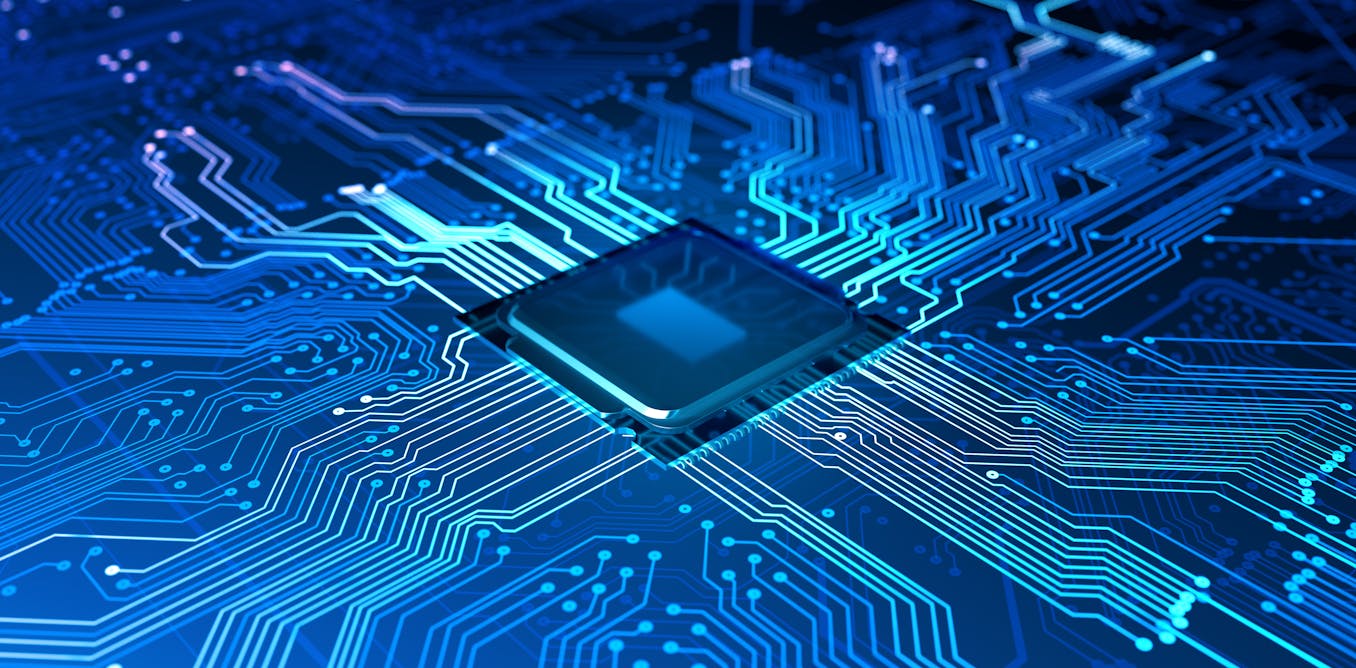As you prepare for an evening of relaxation at home, you might ask your smartphone to play your favorite song or tell your home assistant to dim the lights. These tasks feel simple because they’re powered by the artificial intelligence (AI) that’s now integrated into our daily routines. At the heart of these smooth interactions is edge AI—AI that operates directly on devices like smartphones, wearables, and IoT gadgets, providing immediate and intuitive responses.
Edge AI refers to deploying AI algorithms directly on devices at the “edge” of the network, rather than relying on centralized cloud data centers. This approach leverages the processing capabilities of edge devices—such as laptops, smartphones, smartwatches, and home appliances—to make decisions locally.
Edge AI offers critical advantages for privacy and security: By minimizing the need to transmit sensitive data over the internet, edge AI reduces the risk of data breaches. It also enhances the speed of data processing and decision-making, which is crucial for real-time applications such as healthcare wearables, industrial automation, augmented reality, and gaming. Edge AI can even function in environments with intermittent connectivity, supporting autonomy with limited maintenance and reducing data transmission costs.
While AI is now integrated into many devices, enabling powerful AI capabilities in everyday devices is technically challenging. Edge devices operate within strict constraints on processing power, memory, and battery life, executing complex tasks within modest hardware specifications.
For example, for smartphones to perform sophisticated facial recognition, they must use cutting-edge optimization algorithms to analyze images and match features in milliseconds. Real-time translation on earbuds requires maintaining low energy usage to ensure prolonged battery life. And while cloud-based AI models can rely on external servers with extensive computational power, edge devices must make do with what’s on hand. This shift to edge processing fundamentally changes how AI models are developed, optimized, and deployed.
Behind the Scenes: Optimizing AI for the Edge
AI models capable of running efficiently on edge devices need to be reduced in size and compute considerably, while maintaining similar reliable results. This process, often referred to as model compression, involves advanced algorithms like neural architecture search (NAS), transfer learning, pruning, and quantization.
Model optimization should begin by selecting or designing a model architecture specifically suited to the device’s hardware capabilities, then refining it to run efficiently on specific edge devices. NAS techniques use search algorithms to explore many possible AI models and find the one best suited for a particular task on the edge device. Transfer learning techniques train a much smaller model (the student) using a larger model (the teacher) that’s already trained. Pruning involves…
Read full article: Edge AI: Navigating Hardware Constraints

The post “Edge AI: Navigating Hardware Constraints” by Dwith Chenna was published on 07/20/2025 by spectrum.ieee.org






































Leave a Reply